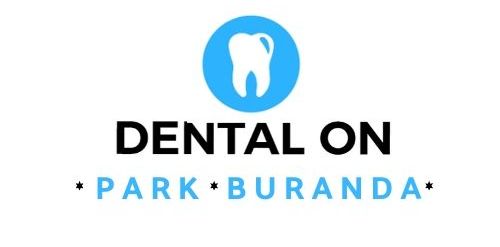Fissure Sealants are placed in the groves of your teeth as a protective measure to stop decay. Sealants are routinely placed in children erupting molars as soon as they erupt but can be placed on adult teeth as well.
The top surfaces of your teeth – where the chewing takes place – aren’t smooth and flat. They are crisscrossed with tiny hills and valleys – called pits and fissures. Fissure sealants are places where plaque can build up safe from your toothbrush and dental floss. Some of the pits and fissures are so narrow that even a single bristle from your toothbrush can’t get deep enough to clean them out.
Fissure sealants are a simple procedure which can be carried out by dentists and is done to prevent caries forming on occlusal (biting) surfaces of teeth.
Your dentist will make his recommendation for dental fissure sealants on an individual basis. Generally, the teeth that are protected by sealants are the back teeth, especially the molars. They may be also be placed on baby teeth that have just erupted, and the procedure may be repeated over the years to repair any loss of the sealant through natural wear and tear of the teeth.

Your dentist will first clean your teeth, and dry them. The surface may be cleaned using a small brush that is inserted in the drill. Your dentist may also use an air abrasion technique to clean the bumps and grooves of the teeth. He will then apply an etching gel, that helps the sealant bond or adhere itself to the surface of the tooth. After a while, he will wash this gel off, and dry the tooth. The surface of the tooth that has been prepared will have a frosted look, similar to etched glass. Then, he will paint each tooth with the thin layer of the sealant. Once the sealant has been applied, your dentist will shine an intense curing light to harden the sealant. This curing light triggers off a catalyst that helps the sealant to harden. The sealant blends easily with the natural color of the tooth because it is clear or white in color. The dentist will then check your bite to make sure that the sealant is not too thick. If it is, he will buff it using a drill. Once the sealant is fully hardened, you can eat and drink immediately without any problems.
